Dwarf Columnar European Hornbeam Tree
Description
The Dwarf Columnar European Hornbeam (Carpinus betulus ‘Columnaris Nana’) is an exceptional tree that brings a unique charm to your landscape. With its dense, dwarf, and upright form, it serves as a focal point along walkways or borders, and even makes an excellent edging feature. This diminutive hedge option is rarely available in the trade but offers minimal maintenance other than irrigation.
Featuring green flowers and thriving in zones 5-8, the Dwarf Columnar European Hornbeam grows as a tree with a height of 5-10 feet and a spread of 2-4 feet. Its compact size makes it perfect for smaller spaces, while its vibrant green leaves create a pleasant ambiance.
Thriving in full sun, this hornbeam requires little pruning when grown as a tree, but responds well to hard pruning if used as a hedge. The ovate, dark green leaves remain clean and attractive throughout the growing season, showcasing little susceptibility to foliar diseases. In early spring, flowering catkins emerge before the foliage, with yellow male catkins and green female catkins. The attractive hop-like fruits add visual interest.
With its dwarf, slow-growing, conical to columnar form, the ‘Columnaris Nana’ variety boasts dense foliage that turns a beautiful golden yellow in the fall. This hardy tree reaches a height of 6-8 feet and a width of 3-4 feet. Its adaptability and resistance to insect and disease problems make it a low-maintenance option for your landscape.
Whether used as a shade tree, street tree, hedge, or accent, the Dwarf Columnar European Hornbeam brings a touch of elegance and sophistication. Its compact size, dense foliage, and easy maintenance make it a versatile choice for various landscape designs.
Survival Guaranteed!
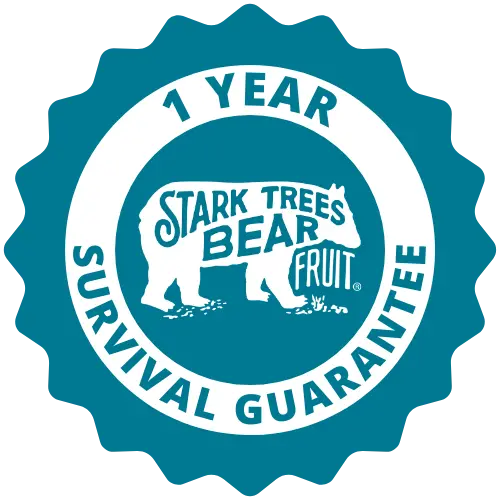

Since 1816, Stark Bro’s has promised to provide customers with the very best fruit trees and plants. It’s just that simple. If your trees or plants do not survive, please let us know within one year of delivery. We will send you a free one-time replacement, with a nominal shipping fee of $9.99. If the item in question is not available, we can issue a one-time credit to your account equaling the original product purchase price or issue you a refund. Read more about our warranty policy.
Characteristics
| Bloom Color | Green, Yellow |
| Hardiness Zone Range | 5 - 8 |
| Shade/Sun | Partial Shade - Full Sun |
| Soil Composition | Loamy |
| Soil Moisture | Well Drained |
| Soil pH Level | 6.0 - 8.0 |
Size & Spacing
Mature Size
Recommended Spacing
Zone Compatibility
Tools & Supplies
Planting & Care
Learn all about how to grow shade trees in The Growing Guide. An entire section of our website dedicated to your growing success.
Shipping Information
Arrives when it's time to plant
Questions & Answers
The characteristic green foliage turns an outstanding golden yellow in fall.
Yes they are deciduous.
Yes - deer will eat the leaves, twigs, and larger stems.
I live in zone 7. I have three hornbeams I planted about 5 years ago against a west-facing wood fence, about 6 ft. from the northwest corner, which is very shady due to the tall Cedars of Lebanon which partly shadow the hornbeams. so they only get full sun part of the day. We can get very cold temperatures in winter and springs that are unpredictable. They are thriving and I am really pleased with them. They seem to be very sturdy and require no special treatment. Love 'em!
I could keep the Hornbeam I ordered in pots for maybe a few years and increase the pot size to fit the roots, but for my intentions, pots might show the growth, as opposed to planting directly in the ground. I'm looking for these to reach their 8 foot size as quickly as possible. But if that weren't the case I would have lots in big pots/urns and they would be fantastic.
No they lost their leaves. I don't know if they are the ones that had a hard time and eventually died. They were replaced by Stark with another type I think. Stark was wonderful to work with. Both trees I order lost leaves for winter we are in Boerne, TX 4-9a zone. Hard to grow things here.
Yes, American hornbeam trees (Carpinus caroliniana) can tolerate wetter conditions in spring and can even withstand some flooding, but they prefer moist soils and are not drought-tolerant.
Hornbeams have taproots rather than a lot of roots close to the surface. This means the root systems grown down rather than out.
Customer Reviews
.! I have been very satisfied with all the plants I have ordered from you, including two dwarf apple trees I purchased a couple of years ago and have trained as 'step-over' hedges, like the ones I saw while on a trip to Europe.
You have been a pleasure to deal with and have been prompt and courteous in responding to my questions.

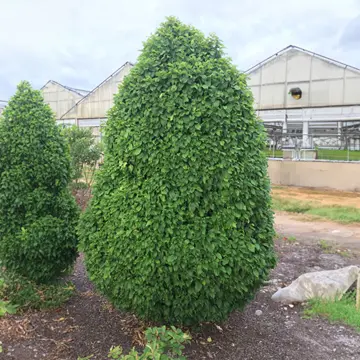
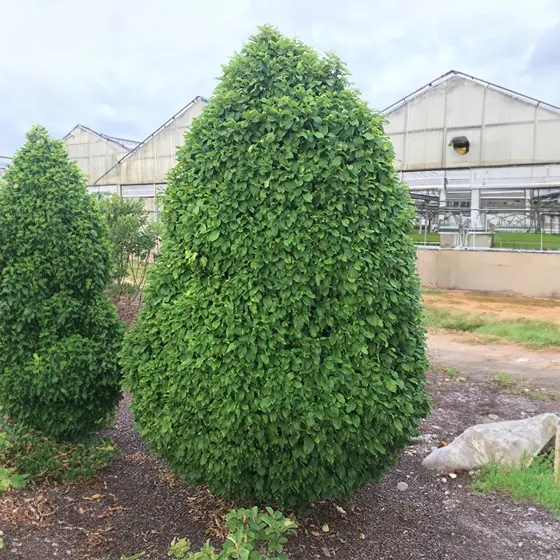
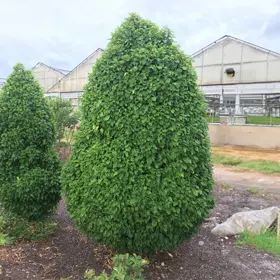
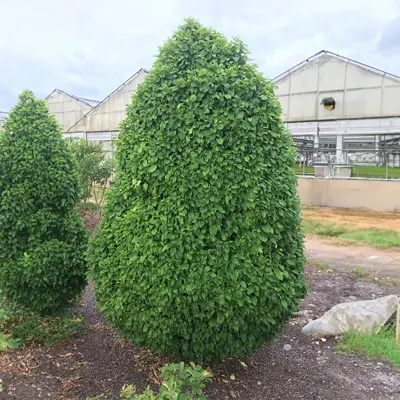
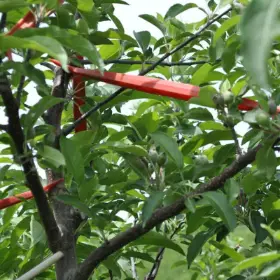
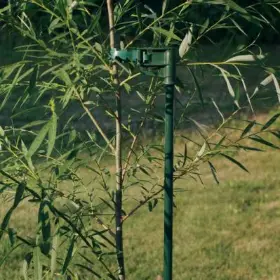
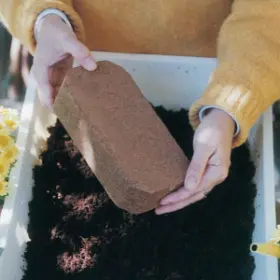
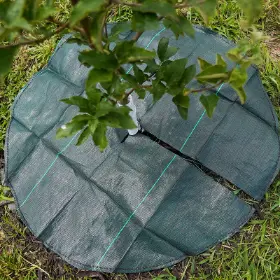
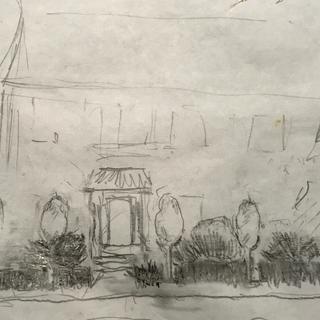
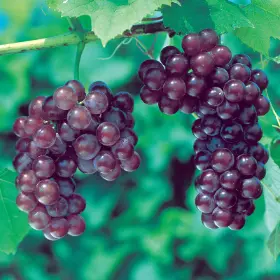
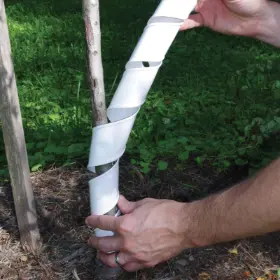

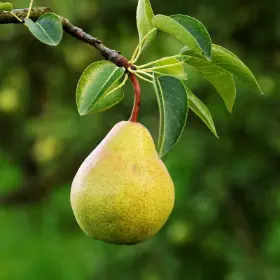
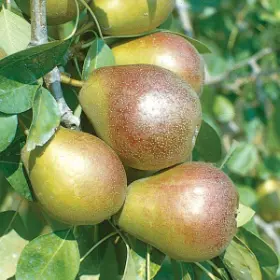
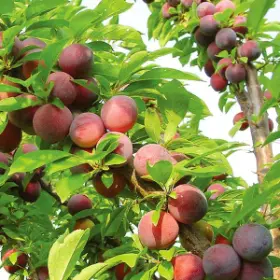
I liked the way this tree looks. Anxious to get this tree.
Nice looking.
Perfect size for a hedge